Ceramic and stainless steel cookware are safe non-stick options for health-conscious cooks. These materials avoid harmful chemicals often found in traditional non-stick coatings.
Non-Stick Cookware That is Safe for Health:Non-stick cookware has become a staple in many kitchens, offering convenience and ease of cooking. However, concerns about health risks associated with certain non-stick coatings have led consumers to seek safer alternatives. Traditional non-stick pans often contain chemicals like PFOA and PTFE, which can release harmful fumes when heated.
Thankfully, the market now offers a range of non-stick cookware made from safer materials. Ceramic cookware is a popular choice, providing a non-toxic surface that is easy to clean. Stainless steel cookware is another excellent option, known for its durability and versatility in various cooking methods. Choosing the right cookware can enhance both your cooking experience and your health.
The Quest For Safe Non-stick Cookware
Finding non-stick cookware that is safe for health is essential. Many people enjoy the convenience of non-stick surfaces. However, safety concerns arise from traditional coatings. Understanding these concerns helps in making better choices.
Health Concerns With Traditional Non-stick Coatings
Traditional non-stick coatings often contain harmful chemicals. One major concern is PTFE (Polytetrafluoroethylene). This chemical can release toxic fumes when heated. Another concern is PFOA (Perfluorooctanoic acid). Though banned in many countries, it may still be found in older cookware.
- Potential health risks include:
- Respiratory issues from fumes
- Long-term exposure risks
- Environmental impact of chemicals
Advancements In Non-stick Technology
Recent advancements offer safer alternatives to traditional non-stick cookware. Many brands now use ceramic, silicone, or titanium coatings. These materials do not contain harmful chemicals.
| Material | Benefits | Drawbacks |
|---|---|---|
| Ceramic | Non-toxic, heat-resistant | May chip over time |
| Silicone | Flexible, easy to clean | Limited heat tolerance |
| Titanium | Durable, scratch-resistant | Can be more expensive |
These new materials ensure safe cooking experiences. They reduce health risks while offering the same convenience. Consumers can now enjoy cooking without worry.
Materials Matter: What To Look For
Choosing the right materials for non-stick cookware is crucial for your health. Safe options can enhance your cooking experience. Knowing which materials are best helps you make informed choices.
Ceramic Coatings: A Safer Alternative?
Ceramic-coated cookware is gaining popularity. It offers a non-stick surface without harmful chemicals. Here are some key points about ceramic coatings:
- Non-toxic: Free from PTFE and PFOA.
- Eco-friendly: Made from natural materials.
- High heat tolerance: Resists temperatures up to 500°F.
- Easy to clean: Wipes clean with minimal effort.
Check for certifications. Look for cookware that meets safety standards. Avoid products with questionable claims.
Hard-anodized Aluminum: Durable And Non-toxic
Hard-anodized aluminum cookware is known for its durability. It resists scratches and dents, making it long-lasting. Here are some benefits:
- Non-reactive: Does not react with acidic foods.
- Even heating: Cooks food evenly.
- Lightweight: Easy to handle and store.
- Safe finish: Free from harmful chemicals.
Look for hard-anodized cookware that is also non-stick. This combination ensures a safe cooking experience.
Top Picks For Health-conscious Cooks
Choosing the right cookware is essential for health-conscious cooks. Non-stick options can be safe and effective. Here are some top picks that prioritize health and safety.
Ceramic-coated Favorites
Ceramic-coated cookware is popular for its non-stick properties. It is free from harmful chemicals like PTFE and PFOA. Here are some benefits:
- Non-Toxic: No harmful substances leach into food.
- Easy to Clean: Food slides off easily, reducing scrubbing time.
- Even Heating: Ensures food cooks uniformly.
Here are some top ceramic-coated options:
| Product Name | Features | Price |
|---|---|---|
| GreenPan Valencia | Durable, dishwasher safe, oven safe up to 600°F | $79.99 |
| Cuisinart Ceramica | Non-toxic, eco-friendly, scratch-resistant | $49.99 |
| WearEver Pure Cook | PTFE-free, induction compatible, lightweight | $59.99 |
Stainless Steel Options With Non-stick Qualities
Stainless steel cookware offers durability and safety. Many modern stainless steel options have non-stick properties. Here are some advantages:
- Durability: Resistant to scratching and denting.
- Non-Reactive: Does not alter food taste or quality.
- Versatile: Works on all stovetops, including induction.
Check out these recommended stainless steel non-stick cookware:
- All-Clad D3 Stainless: High quality, excellent heat distribution.
- Cuisinart Multiclad Pro: Affordable, great for everyday cooking.
- Calphalon Classic Stainless Steel: Features a non-stick interior, easy to handle.
Choose wisely for your health and safety. These options help create delicious meals without harmful chemicals.

Credit: www.youtube.com
Brands Leading The Way In Safe Cookware
Choosing the right cookware is essential for health-conscious cooks. Many brands focus on creating safe, non-toxic options. Here are two leading brands that prioritize safety without sacrificing performance.
Greenpan: Pioneers In Non-toxic Technology
GreenPan stands out as a leader in non-toxic cookware. Their innovative technology eliminates harmful chemicals often found in traditional non-stick pans. GreenPan uses a ceramic non-stick coating called Thermolon. This coating is free from PTFE and PFOA, making it safe for cooking.
- Eco-Friendly: GreenPan emphasizes sustainability in its production.
- Durable: Their cookware resists scratches and lasts longer.
- Versatile: Suitable for all stovetops, including induction.
GreenPan offers a range of products, from frying pans to bakeware. Their commitment to safe cooking makes them a top choice.
Cuisinart: Combining Safety With Performance
Cuisinart is another trusted name in cookware. They focus on creating high-quality non-stick surfaces that are safe for cooking. Cuisinart uses a titanium-reinforced ceramic coating. This coating ensures that food releases easily without harmful chemicals.
| Feature | Benefits |
|---|---|
| Non-Toxic Coating | Free from PTFE and PFOA |
| Heat Distribution | Even cooking and browning |
| Easy to Clean | Saves time in the kitchen |
Cuisinart’s products are designed for efficiency and safety. They offer a wide variety of cookware to suit different cooking needs.
The Truth About Ptfe And Pfoa
Understanding PTFE and PFOA is crucial for safe cooking. These chemicals are often found in non-stick cookware. Knowing their risks helps you make better choices. Let’s explore these substances in detail.
Uncovering The Risks
PTFE, or polytetrafluoroethylene, is a common non-stick coating. It’s safe at normal cooking temperatures. Problems arise when cookware overheats. At high temperatures, PTFE can release harmful fumes. These fumes may cause flu-like symptoms in humans and can be fatal to birds.
PFOA, or perfluorooctanoic acid, was used to make PTFE. This chemical is linked to health issues. Studies show potential risks include:
- Cancer
- Hormonal disruptions
- Thyroid problems
- Immune system issues
Due to these risks, many manufacturers stopped using PFOA. It’s vital to check labels for peace of mind.
Regulations And Consumer Safety
Regulatory bodies monitor cookware safety. The U.S. Environmental Protection Agency (EPA) has strict guidelines. PFOA is now largely phased out in the U.S. Non-stick cookware is safer than before.
When shopping for non-stick cookware, look for these labels:
- PFOA-free
- PTFE-free
- Made with ceramic or silicone coatings
Consumers can also consider alternatives. Options include stainless steel, cast iron, or ceramic cookware. These materials are safe and durable.
| Material | Safety | Durability |
|---|---|---|
| PTFE | Safe if used correctly | Moderate |
| PFOA-free | Safer option | Good |
| Cast Iron | Very safe | High |
| Ceramic | Very safe | High |
Always prioritize safety. Choose cookware that protects your health. Stay informed to enjoy safe cooking.
Care And Maintenance For Longevity
Proper care and maintenance help extend the lifespan of non-stick cookware. Simple steps can preserve the non-stick surface and keep your cookware safe for health.
Preserving The Non-stick Surface
To maintain the non-stick surface, follow these tips:
- Avoid metal utensils. Use wooden or silicone tools.
- Use low to medium heat. High heat can damage the coating.
- Do not stack pans. Place a soft cloth between them.
- Store carefully. Avoid placing heavy items on top.
Cleaning Tips For Non-stick Cookware
Cleaning your non-stick cookware properly prevents damage. Use these steps for effective cleaning:
- Let the cookware cool before washing.
- Wash with warm, soapy water and a soft sponge.
- Avoid abrasive cleaners or scrubbing pads.
- Rinse thoroughly and dry with a soft cloth.
Regular cleaning keeps your cookware looking great. It also ensures the non-stick surface remains effective.
| Cleaning Method | Recommendation |
|---|---|
| Hand Wash | Best option for longevity |
| Dishwasher | Avoid if possible |
| Scrubbing | Use soft sponges only |
Following these care and cleaning tips helps maintain your non-stick cookware. Enjoy cooking with safe, healthy cookware for years to come.
Cookware Certifications And What They Mean
Choosing safe non-stick cookware involves understanding various certifications. These certifications ensure the cookware meets safety and health standards. Knowing what these labels mean helps you make informed choices.
Fda Approval
The FDA (Food and Drug Administration) regulates cookware in the USA. It ensures that materials used in cookware are safe for cooking. Cookware with FDA approval meets strict safety criteria.
Key points about FDA approval:
- Ensures non-toxic materials.
- Tests for harmful chemical leaching.
- Monitors production processes for safety.
European Standards
European standards, like EN 14350, focus on cookware safety. They assess materials used in kitchen items. Products meeting these standards are considered safe for food contact.
Important aspects of European standards include:
| Standard | Description |
|---|---|
| EN 14350 | Safety of materials in contact with food. |
| EN 1186 | Migration of substances from plastics. |
| EN 13130 | Testing for food contact materials. |
Understanding these standards helps ensure safe cooking.
Understanding The Labels
Labels on cookware provide vital safety information. Look for these certifications:
- PTFE Free – No harmful chemicals.
- PFOA Free – Safe non-stick surface.
- Dishwasher Safe – Easy to clean.
Reading labels carefully ensures a healthier cooking experience.
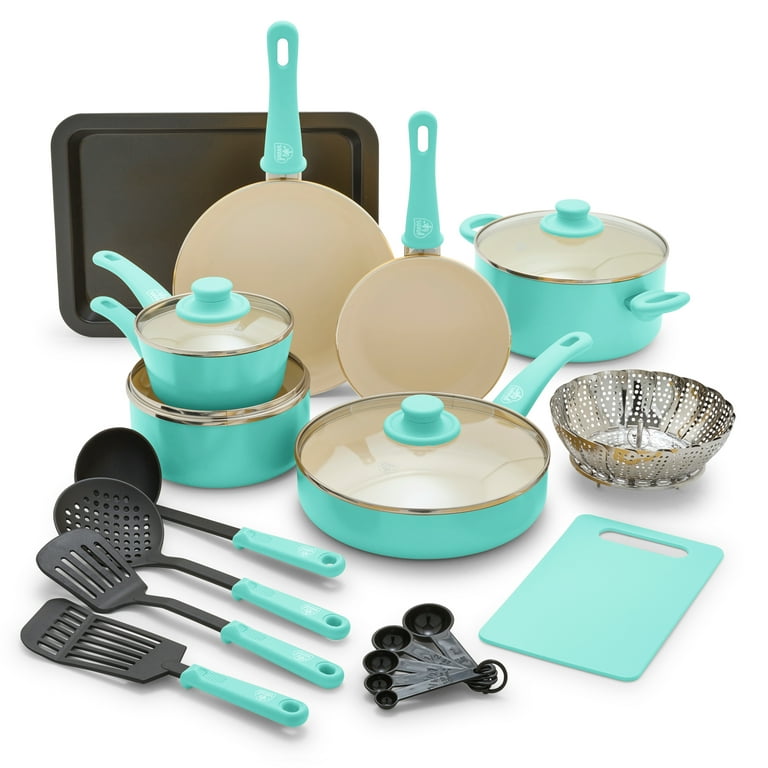
Credit: www.walmart.com
Real World Experience: Consumer Reviews And Feedback
Consumer feedback reveals a lot about non-stick cookware. Users share their thoughts on safety, performance, and overall satisfaction. Hearing from real users helps new buyers make informed choices.
Testimonials From Health-conscious Users
Health-conscious consumers often seek safe cooking options. Here are some notable testimonials:
- Emily, 34: “I love my ceramic non-stick pan. It’s safe and easy to clean!”
- Mark, 40: “Switching to non-toxic cookware changed my cooking. No harmful chemicals!”
- Sara, 28: “I appreciate the durability and safety of my new cookware set.”
These testimonials highlight user satisfaction. Many appreciate the safety and ease of use.
Popular Non-stick Cookware In Action
Let’s look at some top-rated non-stick cookware brands. Here’s a table of popular options:
| Brand | Material | Health Rating | User Rating |
|---|---|---|---|
| GreenPan | Ceramic | Non-Toxic | 4.8/5 |
| Scanpan | Recycled Aluminum | PTFE-Free | 4.7/5 |
| Calphalon | Hard-Anodized Aluminum | PFOA-Free | 4.6/5 |
These brands stand out for their safety and performance. Users report great cooking experiences.
Health-conscious consumers can feel secure. These options offer both safety and quality.
The Future Of Non-stick Cookware
The future of non-stick cookware looks bright and exciting. Innovations are emerging to enhance safety and performance. Consumers demand healthier options. Manufacturers are responding with new materials and designs.
Innovations On The Horizon
Many companies are working on groundbreaking technologies. These innovations focus on safety and efficiency. Here are some noteworthy advancements:
- Non-Toxic Coatings: New coatings avoid harmful chemicals.
- Durable Materials: Innovations make cookware last longer.
- Heat Resistance: Improved materials withstand higher temperatures.
- Easy Cleaning: New designs simplify cleanup after cooking.
These advancements will improve cooking experiences. They will also ensure health safety. Consumers will enjoy safer, more reliable products.
The Role Of Sustainability In Cookware Design
Eco-friendliness is crucial in cookware design. Manufacturers focus on sustainable materials. Here are some ways they achieve this:
| Material | Benefits |
|---|---|
| Recycled Aluminum | Lightweight, conducts heat well, eco-friendly. |
| Plant-Based Coatings | Non-toxic, biodegradable, safe for health. |
| Stainless Steel | Durable, long-lasting, recyclable. |
Consumers increasingly prefer sustainable options. This trend encourages manufacturers to innovate responsibly. Non-stick cookware will become healthier and more environmentally friendly.

Credit: www.youtube.com
Frequently Asked Questions
What Is Safe Non-stick Cookware Made Of?
Safe non-stick cookware is typically made from ceramic, silicone, or titanium. These materials do not release harmful chemicals when heated. Unlike traditional non-stick coatings, they provide a healthier cooking surface. Always check for certifications to ensure safety and quality.
Are Non-stick Pans Harmful To Health?
Non-stick pans can be harmful if they contain PTFE or PFOA. These substances can release toxic fumes when overheated. However, many modern non-stick options are free from these chemicals. Choosing high-quality, safe cookware can mitigate health risks.
How To Maintain Non-stick Cookware?
To maintain non-stick cookware, use silicone or wooden utensils. Avoid abrasive sponges and harsh cleaning agents. Hand wash with mild soap and warm water. Proper care extends the life of your cookware and keeps it safe for cooking.
Can Non-stick Cookware Go In The Oven?
Most non-stick cookware is oven-safe, but it varies by brand. Check the manufacturer’s guidelines for temperature limits. Generally, ceramic and metal options are more oven-friendly. Always confirm before using to prevent damage or health risks.
Conclusion
Choosing safe, non-stick cookware is essential for a healthy kitchen. Opt for products made with ceramic or stainless steel to avoid harmful chemicals. Prioritize brands that emphasize safety and durability. By making informed choices, you can enjoy cooking while protecting your health and the environment.
Invest wisely for better meals and peace of mind.

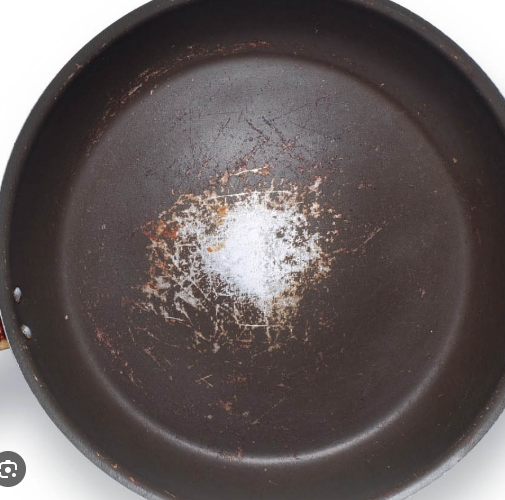
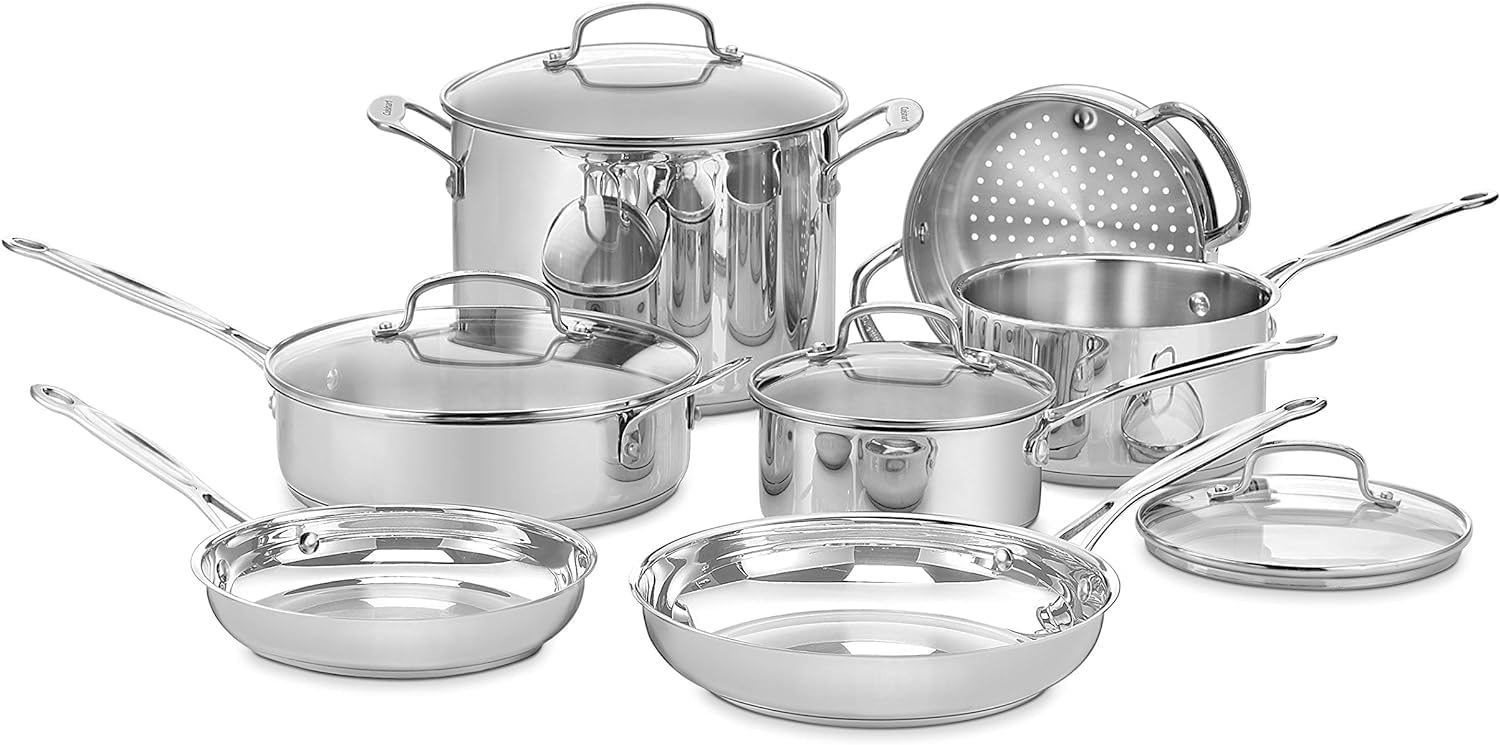
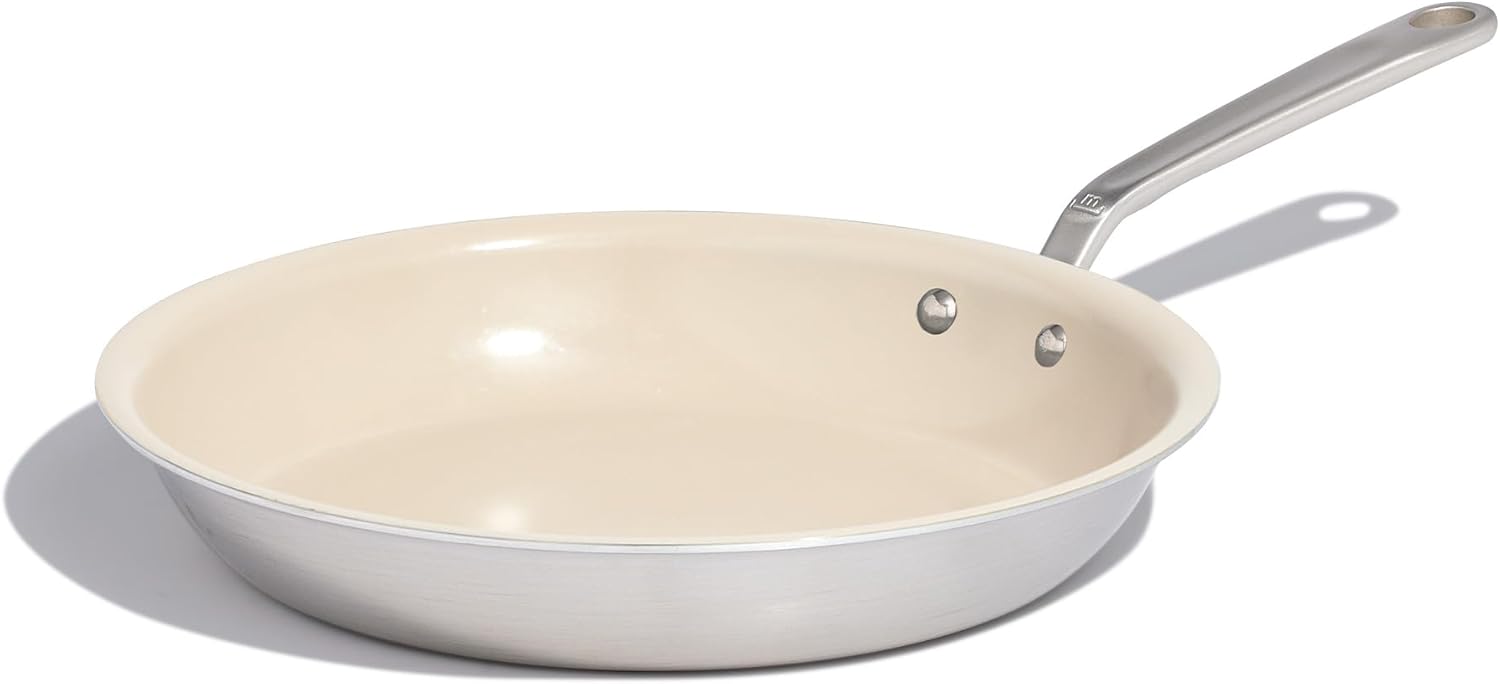
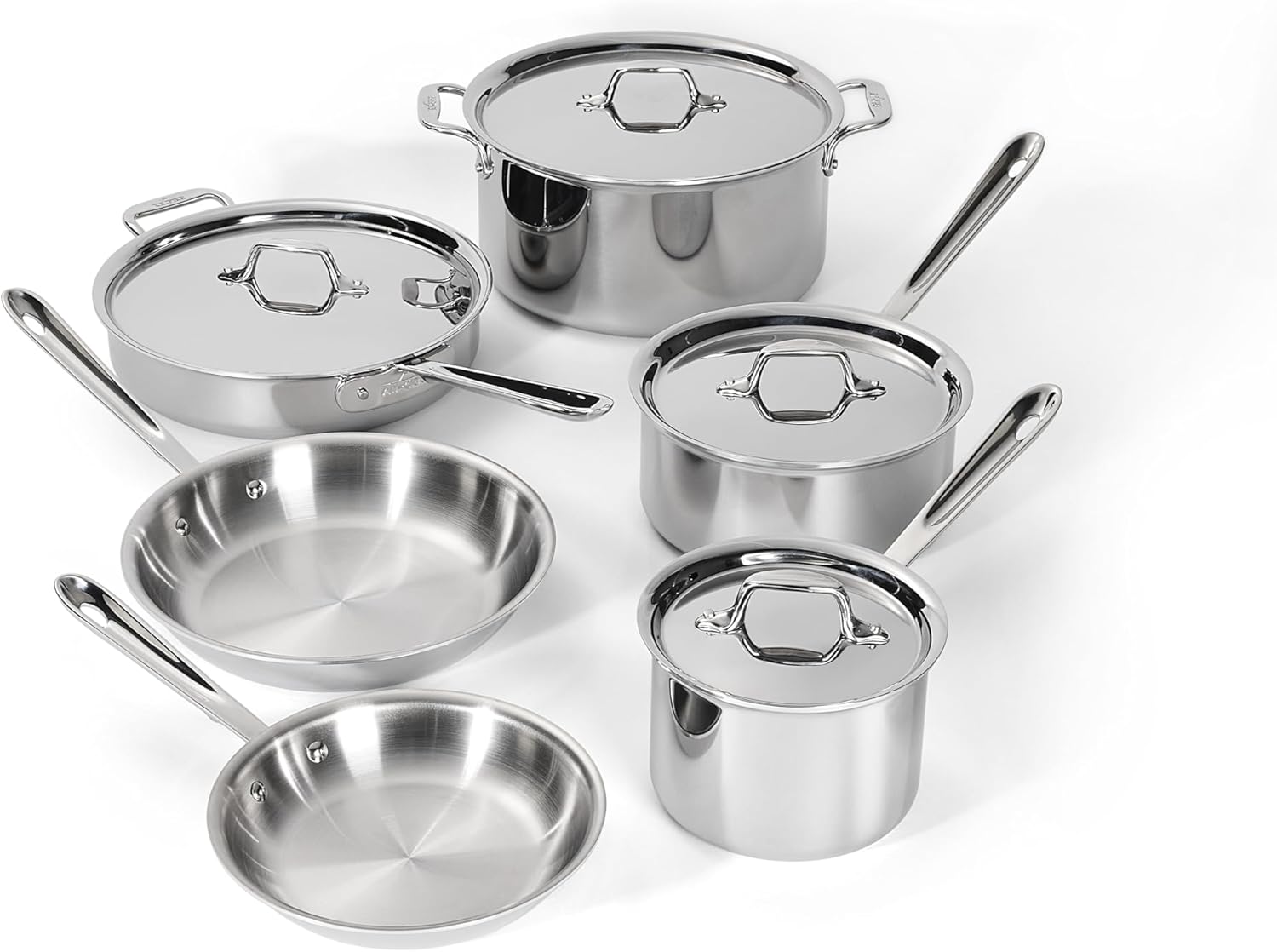
Leave a Reply